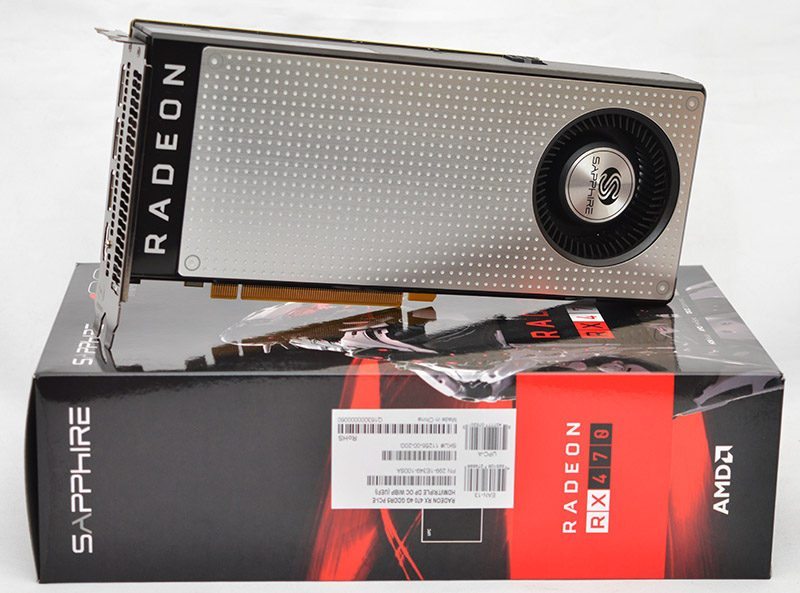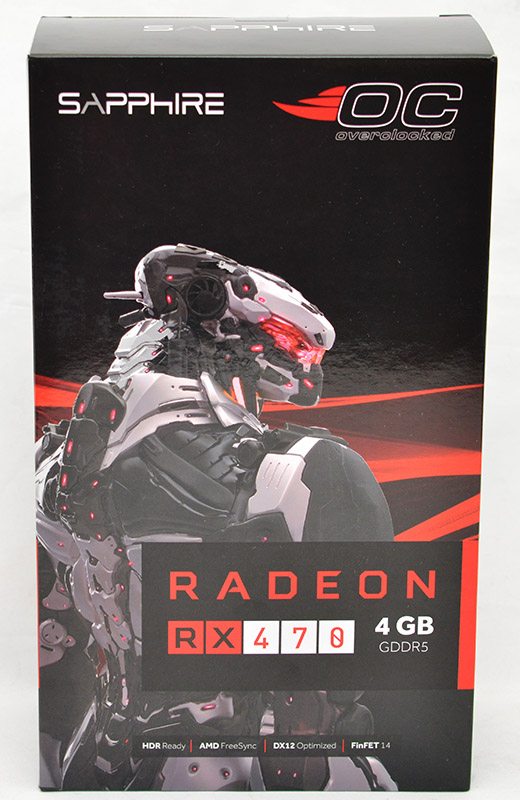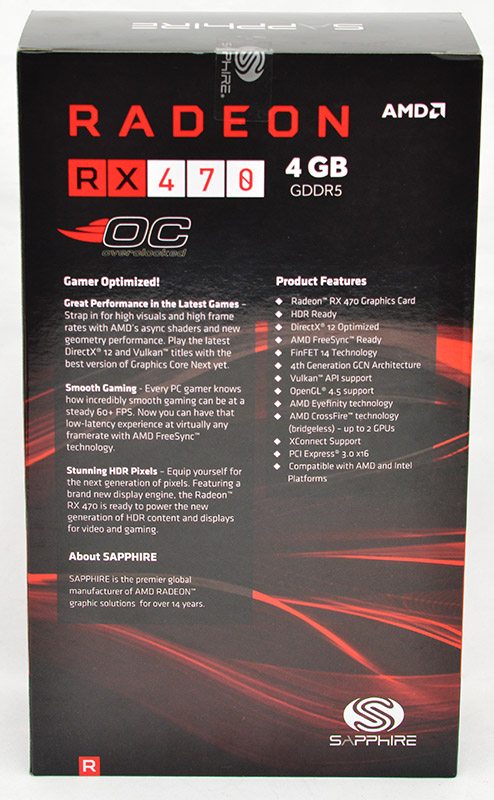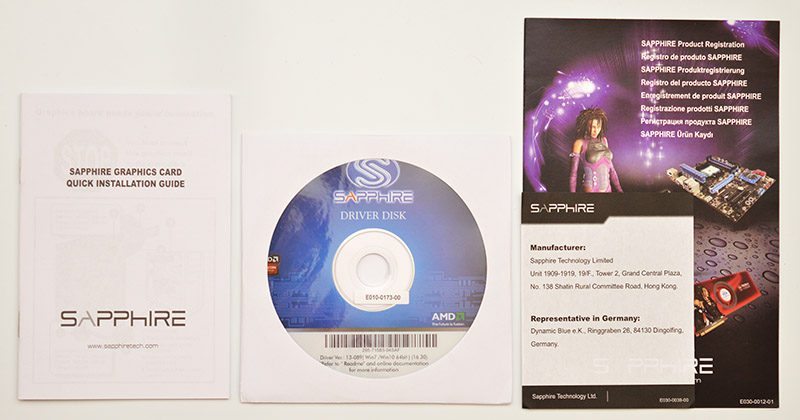Sapphire RX 470 OC Graphics Card Review
John Williamson / 8 years ago
Introduction

AMD’s Polaris 10 architecture has the noble aim of making PC gaming more accessible and revolutionising the price to performance ratio on budget graphics solutions. Traditionally, lower-end offerings required too many concessions and struggled to cope with the rigorous demands of modern PC games. Not so long ago, AMD unleashed the flagship product in this range, dubbed the RX 480 which competes rather well against the GTX 1060, especially when employing modern APIs like Vulkan. Not only that, the RX 480’s exceptional price point could act as a catalyst to make VR equipment more popular since the number of people with VR-compliant graphics cards will be higher. Although, being an early adopter of VR is proving to be quite expensive. Despite hovering around the £215 mark, the RX 480 is still a considered purchase for many consumers and might exceed their limited budget. Thankfully, AMD has produced a slightly scaled back version of the RX 480 which isn’t as suitable for VR purposes but has enough power to apparently uphold a wonderful 1080p gaming experience.
Technically, the RX 470 has 32 compute units, 128 texture units, 2048 stream processors, 4GB of GDDR5 memory running at an effective speed of 7000MHz on a 256-bit memory interface and provides up to 4.9 TFLOP/s of peak performance. Also, the graphics card has a very efficient 120-watt TDP and supports the latest HDR display standards. Additionally, the GPU takes advantage of a whole host of AMD technologies such as Freesync, LiquidVR, Adaptive voltage and frequency scaling (AVFS) and much more. When compared to the RX 480 which has 36 compute units, 144 texture units and 2304 stream processors, the RX 470’s specification isn’t that far behind. Therefore, it will be interesting to see how it competes in a wide range of benchmarks.
Unlike the RX 480’s launch which relied on an AMD reference design, this time, it’s up to AIB partners to create their own custom versions. This is a sensible strategy because the RX 480’s default cooler wasn’t great and consumers were desperate to purchase models like the Sapphire Nitro+ RX 480 OC with better heat dissipation. Today, we’re taking a look at Sapphire’s cheapest version of the RX 470 which sports a small variation on AMD’s default blower-design cooler and has a boost clock reaching 1216MHz. This is a small improvement on the default 1206MHz figure. Also, the memory has been set to 1750MHz. Could the RX 470 be the perfect card for 1080p gaming or is it better to pay the extra for the RX 480?
Specifications

Packing and Accessories
Sapphire have decided to use a vertical box which is fairly uncommon but certainly looks the part and raises the question, why don’t more companies go down this route? The black background contrasts really well with the menacing robot figure and draws you into the product. Furthermore, the box outlines the GPU’s 14nm FinFet manufacturing process, DirectX 12 capabilities, HDR support and overclocked specification.

On the rear section, there’s a brief overview of the graphics card’s GCN architecture and product feature list explaining which technologies are supported.

In terms of accessories, the graphics card is bundled with a quick installation guide, driver disk, product registration guide and contact information.




















